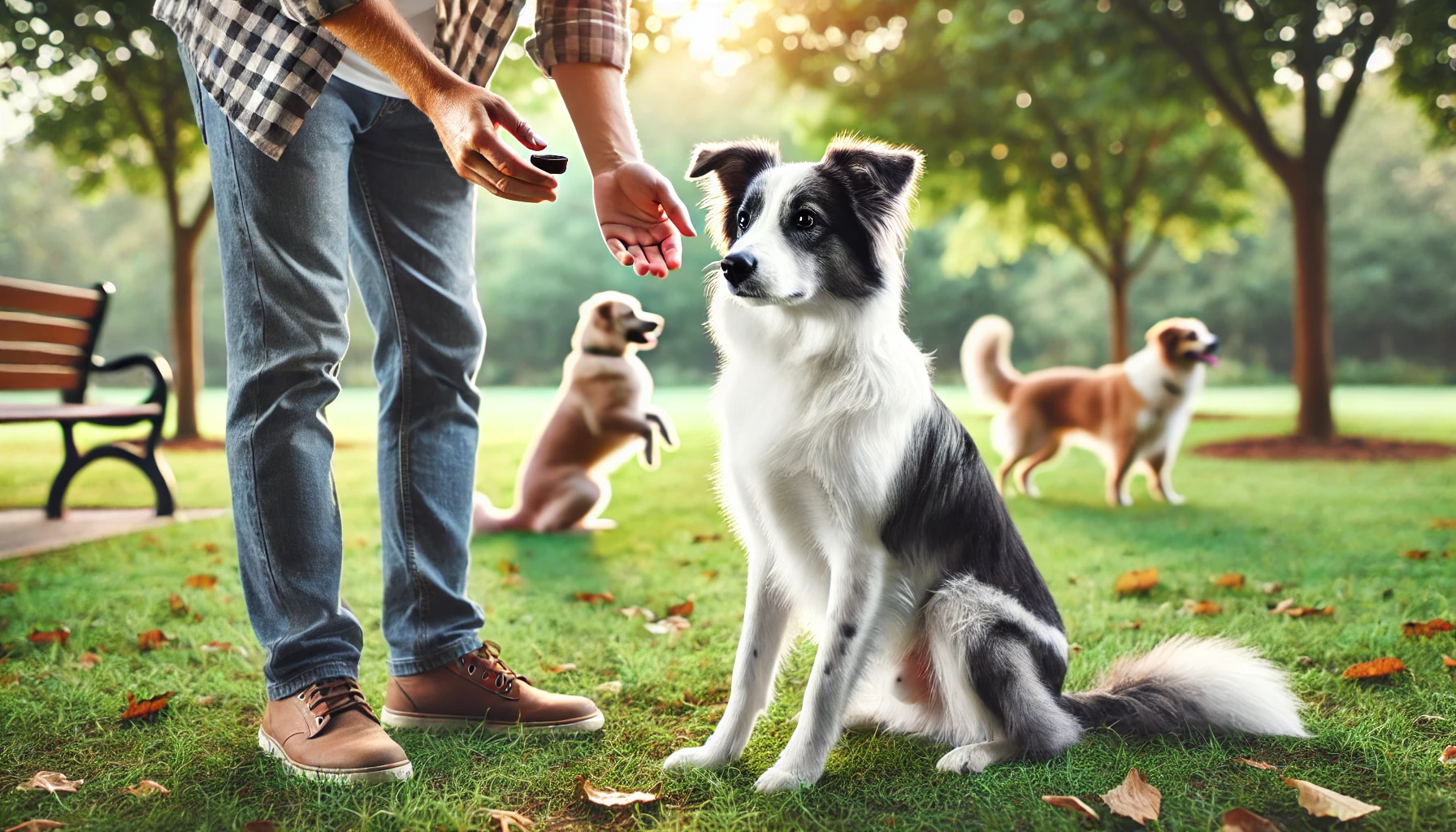Some dogs are naturally shy, while others develop fear due to past experiences, lack of socialization, or genetic predisposition. Helping a timid dog build confidence requires patience, positive reinforcement, and gradual exposure to new situations. By understanding their fears and using the right techniques, you can help your dog feel more secure and happy.
Common Reasons Dogs Become Shy or Fearful
Dogs may exhibit shyness or fearfulness for several reasons. Identifying the root cause of their anxiety helps in developing a proper approach to building confidence.
- Lack of Socialization – Puppies that are not exposed to different people, places, and experiences during their critical socialization period (3–16 weeks) may develop fear of the unknown.
- Past Trauma or Mistreatment – Rescue dogs, especially those from abusive or neglectful backgrounds, often struggle with trust issues and fear.
- Genetics and Breed Tendencies – Some breeds, like Greyhounds and Shetland Sheepdogs, are naturally more reserved and cautious.
- Negative Experiences – A single traumatic event, such as a loud noise, attack by another dog, or harsh punishment, can lead to long-term fearfulness.
- Lack of Positive Reinforcement – If a dog is constantly exposed to stressful situations without encouragement or rewards, they may become withdrawn.
Regardless of the cause, it’s important to approach training with kindness and consistency.
Signs of a Shy or Fearful Dog
Recognizing fear-related behaviors helps you determine the best ways to support your dog. Common signs of fear or insecurity include:
- Cowering, trembling, or hiding when confronted with new situations.
- Tucked tail and ears pinned back as signs of nervousness.
- Avoiding eye contact or turning away from people or other animals.
- Pacing, excessive panting, or licking lips in stressful situations.
- Growling or defensive behavior when feeling cornered or threatened.
- Refusing treats or food when scared (a stressed dog may lose appetite).
If your dog exhibits these behaviors regularly, they may need extra support to build their confidence.
How to Help a Shy or Fearful Dog Gain Confidence
Building confidence in a shy or fearful dog takes time, but with the right strategies, your dog can learn to trust and feel more comfortable in different situations.
1. Create a Safe and Predictable Environment
Dogs feel more secure when they have a consistent routine and a designated safe space.
- Establish a daily schedule for feeding, walks, and playtime.
- Provide a comfortable resting area (a crate, bed, or quiet corner) where your dog can retreat when feeling overwhelmed.
- Avoid loud noises and chaotic environments that may trigger anxiety.
Consistency and predictability help a fearful dog feel more secure.
2. Use Positive Reinforcement to Build Trust
Encouraging and rewarding your dog’s bravery in small steps reinforces positive behavior.
- Use high-value treats (such as small pieces of chicken or cheese) to create positive associations.
- Praise and reward even small signs of confidence, like approaching new people or sniffing unfamiliar objects.
- Avoid punishment—never scold or force a fearful dog into a situation they find stressful.
Over time, your dog will learn that new experiences lead to good things rather than fear.
3. Gradually Introduce New Experiences (Desensitization)
Exposing your dog to new environments, people, and objects in a slow and controlled way helps them adjust at their own pace.
- Start with low-stress situations and gradually introduce more challenging scenarios.
- Use distance to reduce fear—if your dog is afraid of strangers, let them observe from a comfortable distance before moving closer.
- Allow them to retreat if needed—forcing interactions can increase anxiety.
For example, if your dog is afraid of new people, have a visitor sit calmly in the same room while ignoring the dog. Let the dog approach on their own terms.
4. Teach Basic Commands to Build Confidence
Training provides structure and helps a dog feel in control. Even simple commands can boost confidence.
- Start with easy commands like “sit,” “stay,” and “come” using positive reinforcement.
- Keep training sessions short and fun—a few minutes at a time prevents stress.
- Use clicker training to reinforce desired behaviors with a clear and consistent signal.
A confident dog that understands commands is more likely to feel secure in different situations.
5. Socialize at Your Dog’s Pace
Socialization is important, but it should be done in a way that respects your dog’s comfort level.
- Expose them to friendly, calm dogs rather than overwhelming them with high-energy playmates.
- Use treats and praise when introducing new people or pets.
- Visit quiet parks or dog-friendly stores before exposing them to crowded environments.
If your dog struggles with socialization, consider professional guidance from a trainer or behaviorist.
6. Encourage Play and Mental Stimulation
Engaging your dog in interactive activities helps them relax and become more confident.
- Use puzzle toys to keep their mind stimulated.
- Engage in gentle tug-of-war or fetch to make playtime enjoyable.
- Take daily walks to expose them to new sights and smells in a controlled way.
Play provides an outlet for stress and reinforces positive behaviors.
7. Avoid Overwhelming Situations
While exposure to new experiences is important, avoid putting your dog in situations that are too overwhelming too quickly.
- Watch for stress signals and adjust accordingly.
- Avoid forcing interactions with people or animals your dog isn’t ready for.
- Keep socialization sessions short and positive.
Pushing a fearful dog too fast can backfire, increasing their anxiety.
8. Try Confidence-Boosting Activities
Certain activities can naturally help shy dogs feel braver.
- Agility training—Simple obstacles like tunnels and jumps can boost self-assurance.
- Nose work games—Using their natural sniffing ability gives them a sense of purpose.
- Obedience classes—Structured learning in a positive setting builds confidence.
Finding what your dog enjoys can help transform fear into excitement.
When to Seek Professional Help
If your dog’s fear prevents them from enjoying daily life or leads to aggressive behavior, consulting a professional trainer or behaviorist is a good idea.
Signs that professional help may be needed include:
- Extreme fear that prevents normal activities like eating or going for walks.
- Aggressive reactions, such as growling or snapping, when scared.
- Anxiety that worsens over time despite training efforts.
A certified trainer can develop a customized plan to help your dog feel more secure.
Final Thoughts
Helping a shy or fearful dog gain confidence takes time, patience, and understanding. By creating a safe environment, using positive reinforcement, and gradually exposing them to new experiences, you can help your dog build trust and feel more secure. Every small success brings them closer to a happier, more confident life.

Dedicated to sharing practical tips and accessible guidance on dog care, nutrition, safety, and daily routines for owners of different breeds. With a focus on promoting a safe, healthy, and happy environment for pets, the blog’s content covers breed-specific needs, home adjustments, energy levels, and wellness strategies for all kinds of dogs.
